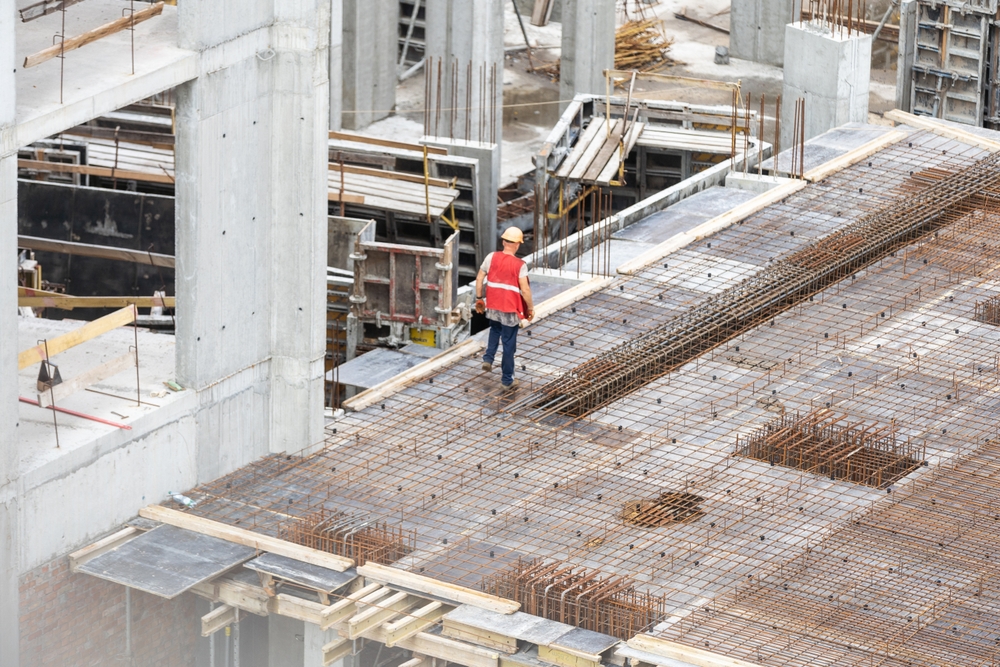The Benefits of Using Wearable Tech in Construction
The Benefits of Using Wearable Tech in Construction

The construction industry is increasingly adopting wearable technology to enhance safety, efficiency, and productivity on job sites. From smart helmets to fitness trackers, these devices are transforming the way construction professionals work. Here’s a closer look at the benefits of using wearable tech in construction.
1. Enhanced Safety and Risk Management
Safety is a top priority in construction, and wearable technology plays a crucial role in minimizing risks and protecting workers.
Benefits:
- Real-Time Monitoring: Wearables can track workers’ vital signs and environmental conditions, alerting supervisors to potential health issues or unsafe conditions before they escalate.
- Incident Alerts: Many wearables are equipped with fall detection and alert systems that notify supervisors immediately if a worker falls or experiences a sudden health issue.
- Safety Compliance: Devices can be programmed to remind workers to follow safety protocols, ensuring compliance with regulations and reducing accidents on-site.
2. Increased Productivity
Wearable technology can streamline various aspects of construction work, leading to improved productivity.
Benefits:
- Hands-Free Communication: Smart helmets with built-in communication systems enable workers to stay connected without needing to use their hands, allowing for seamless collaboration and reducing downtime.
- Task Management: Wearables can provide workers with real-time access to project plans, schedules, and instructions, helping them stay focused and organized.
- Data Collection: Wearable devices can collect data on work patterns and productivity, helping project managers identify inefficiencies and optimize workflows.
3. Improved Worker Health and Well-Being
Wearable tech can contribute to the overall health and well-being of construction workers.
Benefits:
- Fitness Tracking: Many wearables monitor physical activity levels, encouraging workers to stay active and maintain their health while on the job.
- Fatigue Monitoring: Devices can track fatigue levels and provide alerts when workers may need to take breaks, reducing the risk of accidents caused by tiredness.
- Stress Management: Wearable tech can monitor stress levels, helping workers manage their mental health and improve overall job satisfaction.

4. Streamlined Training and Onboarding
Wearable technology can simplify the training and onboarding processes for new construction workers.
Benefits:
- Interactive Training: Augmented reality (AR) wearables can provide interactive training experiences, allowing new hires to learn on the job in a hands-on manner while receiving real-time feedback.
- Knowledge Retention: Wearables can deliver prompts and reminders to help workers remember safety protocols and operational procedures, reinforcing training and enhancing retention.
- Assessment and Feedback: Supervisors can use data collected from wearables to assess new workers’ performance and provide targeted feedback, speeding up the learning curve.
5. Data-Driven Insights
Wearable technology generates valuable data that can help construction companies make informed decisions.
Benefits:
- Performance Analytics: By analyzing data from wearables, construction firms can identify trends in worker productivity, safety incidents, and equipment usage, allowing them to implement data-driven improvements.
- Predictive Maintenance: Wearables can monitor equipment usage and health, enabling proactive maintenance and reducing the risk of costly downtime.
- Enhanced Project Management: Access to real-time data helps project managers make quicker, more informed decisions, improving project timelines and budgets.
6. Boosting Worker Engagement
Engaging workers in their own safety and productivity can lead to a more committed workforce.
Benefits:
- Ownership of Health: By allowing workers to monitor their health and safety metrics, wearables empower them to take an active role in their well-being.
- Incentivizing Performance: Many wearable devices come with gamification features that encourage workers to meet safety and productivity goals, fostering a culture of accountability and motivation.
- Feedback Loops: Wearables can facilitate communication between workers and management, allowing for continuous feedback and improvement.
Conclusion
The integration of wearable technology in construction is revolutionizing the industry, providing a range of benefits that enhance safety, productivity, and overall worker well-being. As technology continues to advance, construction companies that embrace wearables will be better positioned to navigate challenges, improve project outcomes, and create a safer work environment. Investing in this technology not only supports workers but also contributes to the long-term success of construction projects.
External Resources for Legal Guidance
Wearable Tech in Construction
Read more related articles to enhance your knowledge and make informed decisions
10 Essential Steps in the Building Construction Process
How to Choose the Right Materials for Your Construction Project








